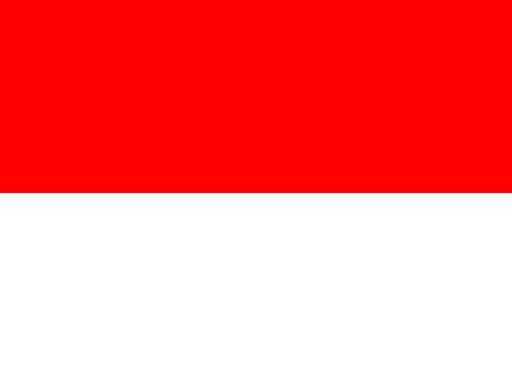Welcome to Indonesian Stamps
Indonesia is a vast equatorial archipelago of 17,000 islands extending 5,150 kilometers (3,200 miles) east to west, between the Indian and Pacific Oceans in Southeast Asia. The largest islands are Sumatra, Java, Kalimantan (Indonesian Borneo), Sulawesi, and the Indonesian part of New Guinea (known as Papua or Irian Jaya). Islands are mountainous with dense rain forests, and some have active volcanoes. Most of the smaller islands belong to larger groups, like the Moluccas (Spice Islands).Indonesia is the world’s fourth most populous nation. The capital and largest city of Indonesia is Jakarta, on the island of Java. Jakarta has a population of almost 14 million making it the world’s ninth largest city. The island of Java is home to 60% of the country’s population (around 130 million people) making it the world’s most populous island.
There are more than 500 languages and dialects spoken in Indonesia, but it was Malay that was embraced as the national language – the language of unity – at the All Indonesian Youth Congress in 1928. Republicans had recognized for some time the important role that a common language might play in binding together the different religions and ethnic groups that comprised the East Indies. Malay had long been the lingua franca of traders in the archipelago and, importantly, it was not identified with any particular group. Most importantly of all, though, it was not a Javanese language. Before long it was being referred to as Bahasa Indonesia – the Indonesian language.
Indonesians are separated by seas and clustered on islands. The largest cluster is on Java, with some 130 million inhabitants (60 percent of the country’s population) on an island the size of New York State. Sumatra, much larger than Java, has less than a third of its people. Ethnically the country is highly diverse, with over 740 languages and dialects.
Indonesia’s tropical wilderness supports some of the highest level of biodiversity in the world. The giant komodo dragon, Javan rhinoceros, tigers, orangutans, elephants, and leopards are all found in the jungle forests. The highest point in Indonesia is the peak of Puncak Jaya on the island of Papua sitting at 4,884 metres (16,024 ft) above sea level.
Indonesia, part of the “ring of fire,” has the largest number of active volcanoes in the world. Earthquakes are frequent. Wallace’s line, a zoological demarcation between Asian and Australian flora and fauna, divides Indonesia.
Indonesia has the world’s largest amount of orchid biodiversity. There are about six thousand species of orchids, ranging from the largest (Tiger Orchid or Grammatophyllum Speciosum) to the smallest (Taeniophyllum, which has no leaves). The collection also includes the Black Orchid, which is extremely rare and can only be found in Papua.
Facts and Figures:
Area: 1,904,569 sq km
Population: 252,164,800 (2014 est.)
Capital: Jakarta
Government type: Unitary presidential constitutional republic
Independence: 17 August 1945
GDP (PPP): $2.554 trillion (2014 est.)
Per Capita: $10,157 (2014 est.)
Currency: Rupiah
International dialling code: +62
 |
 |
| Map of Indonesia | Flag of Indonesia |

